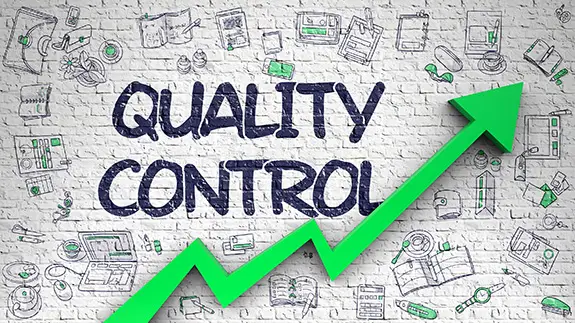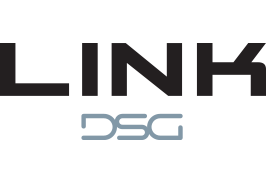How close is close enough? I’m not referring to silky smooth skin after a shave or the relative positioning horseshoes. I’m talking about how close is it to what your customer was expecting and by extension I’m talking about quality control. I’m talking about providing our customers with not just close, but exactly what they were hoping for in the expected time frame. We often think of quality control as the last stop before a project leaves the factory. Instead, I suggest we think about quality control not just at the end, but throughout the entire project.
How do we, as printers or manufacturers, address our customers’ needs? It begins in the sales process with education and expectation management. All good salespeople will listen just long enough to learn what their client is really looking for and then provide advice on how to reach it. Saying yes to whatever the customer asks for isn’t always the best way to go. That can, on occasion, take your project down a long, dark road if what your client requests is outside your company’s capabilities or experience. Sometimes there’s a case where they are simply repeating back what another printer suggested. The end result may not be what will best serve the client. Sales sells, by listening closely, sharing experience and directing the customer to the best solution based on the right materials for the right project.
The next step is to communicate all important information to the production teams. Whether or not the production staff has had the good fortune to have been included in the creative process, they still need all the details presented clearly. Then begins the order writing process. Does the appropriate information make it from the sales meeting with the client into the order using language that the production team will understand? Sometimes translating the customer’s needs into production terms is another part of salesmanship. If the expectations of the client are clear and the direction of the sales team is also clear, then the production team should easily be able to carry out the manufacturing. The production team needs to have all the necessary information presented in clear simple direction in the work order so they can recognize if the project is progressing properly.
So the customer requests, Sales sells, Production manufactures, and the result is a happy client. In a perfect world, it is as simple as that. But, as we know, our fancy new digital equipment often behaves erratically. Colors shift, sizes morph and materials and machines don’t always match up correctly. Occasionally even the clearest direction can be misunderstood or overlooked, especially if the work environment is rushed or under stress. How can we as manufacturers protect ourselves and our customers when the best preparation fails to produce success? There needs to be one more level of oversight.
The last step then becomes the final lookover, the Quality Control check. This step is so critical to the success of the project — and ultimately client retention — that it is often considered to be “quality control” itself. many products are marked as a result of this process. Think about stickers or labels that say “Inspected by #14”. That label is there to make the entire team accountable for doing an excellent job. Inspector #14 just gets the honor of putting their name on it. As I mentioned earlier, if the client’s expectations aren’t clearly determined, or if the order isn’t clearly written up, or if the directions are not clearly followed, then the order will not be successful. If all those parts are met and something still goes awry in the manufacturing process, then the final step of quality control, the check, should be able to catch that something is wrong and keep the project from going out to the client incorrectly. Quality control checks should match the work order to the actual order, making sure that image resolution, color, quantities, materials, delivery information, packaging, and timing are all accurate and within the desired levels.
Without the final check, all the best laid plans can still go astray. While all will seem fine, eventually we will get the dreaded “client call” which lets us know we messed up. At that point, the end of the project, it’s a bit late to begin worrying about Quality Control.
Thank you for reading this week's Thomas Printworks blog. Contact us today!






